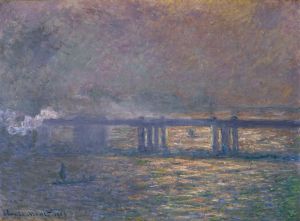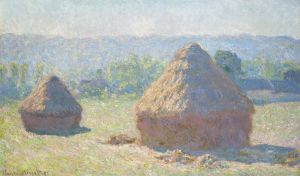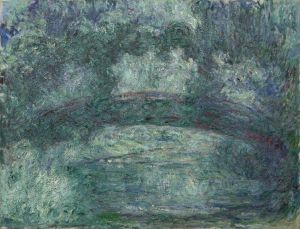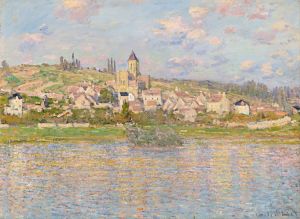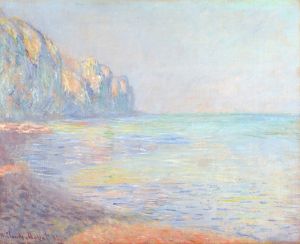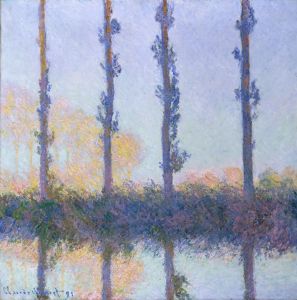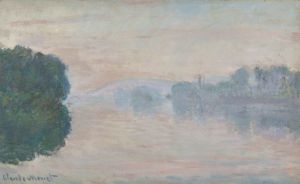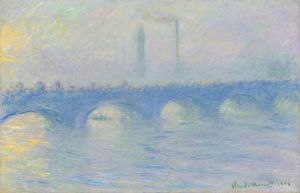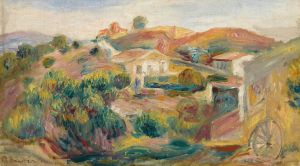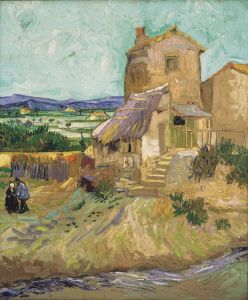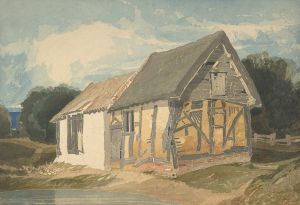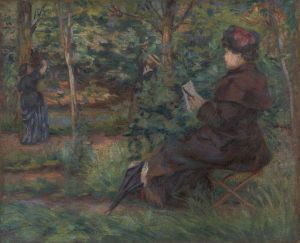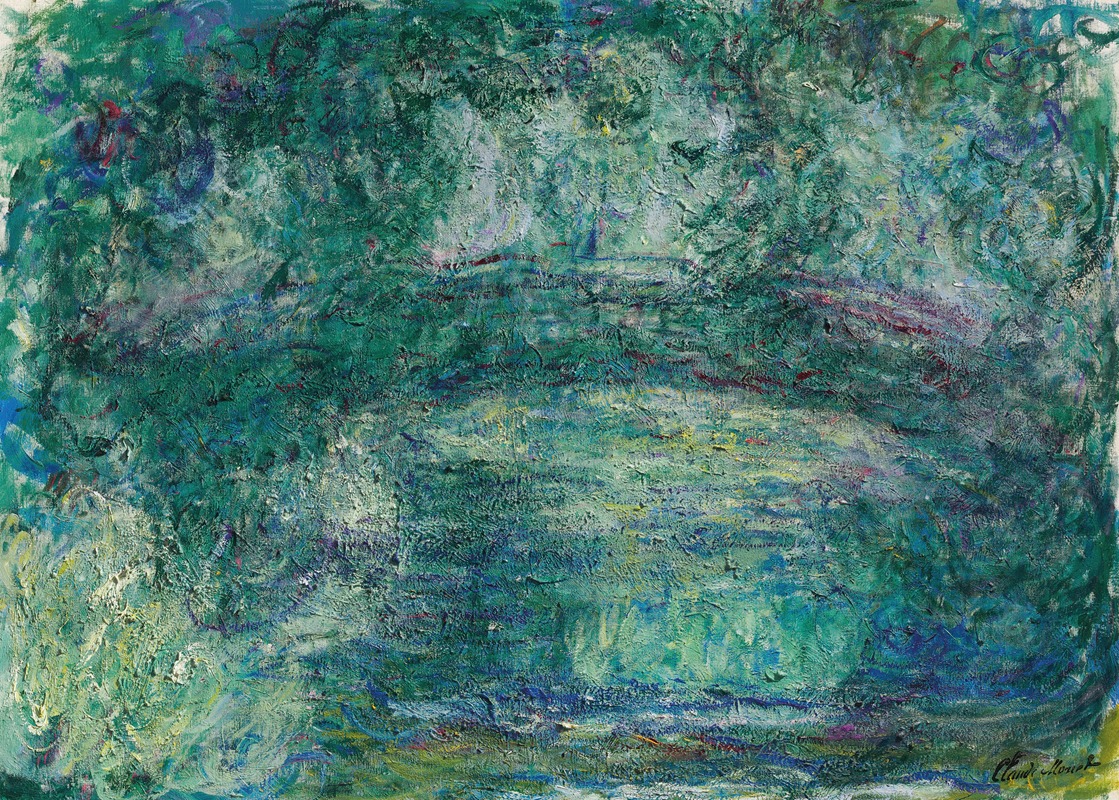
Le pont japonais
A hand-painted replica of Claude Monet’s masterpiece Le pont japonais, meticulously crafted by professional artists to capture the true essence of the original. Each piece is created with museum-quality canvas and rare mineral pigments, carefully painted by experienced artists with delicate brushstrokes and rich, layered colors to perfectly recreate the texture of the original artwork. Unlike machine-printed reproductions, this hand-painted version brings the painting to life, infused with the artist’s emotions and skill in every stroke. Whether for personal collection or home decoration, it instantly elevates the artistic atmosphere of any space.
Claude Monet's Le Pont Japonais (The Japanese Bridge) is one of the artist's celebrated works that exemplifies his fascination with his garden at Giverny, France. Monet, a leading figure in the Impressionist movement, created a series of paintings featuring the Japanese bridge, a wooden structure that spanned the water lily pond in his garden. This bridge became a recurring subject in his later works, reflecting his deep interest in capturing the interplay of light, color, and nature.
Monet moved to Giverny in 1883 and began designing and cultivating his garden, which would become a central inspiration for his art. The Japanese bridge was constructed as part of the water garden, which Monet designed with influences from Japanese aesthetics, a style that was gaining popularity in Europe during the late 19th century. The bridge, along with the water lilies and surrounding vegetation, became a focal point for Monet's exploration of natural beauty and changing atmospheric conditions.
Le Pont Japonais is part of a series of paintings Monet created between 1899 and the 1920s, focusing on the bridge and its surroundings. These works are characterized by their vibrant colors, loose brushstrokes, and an emphasis on the effects of light and reflection. The paintings often depict the bridge partially obscured by the lush foliage and the shimmering surface of the pond, creating a dreamlike, almost abstract quality.
Monet's Japanese bridge paintings are notable for their evolution over time. In earlier works, the bridge is depicted with more defined lines and a clear structure, while later versions, painted as Monet's eyesight deteriorated due to cataracts, exhibit a more abstract and blurred style. This progression reflects both Monet's changing artistic approach and his personal challenges.
The Le Pont Japonais series is widely regarded as a masterpiece of Impressionism and a testament to Monet's ability to capture the ephemeral beauty of nature. Today, these works are housed in various museums and private collections around the world, with some of the most famous examples displayed at the Musée d'Orsay in Paris and the Metropolitan Museum of Art in New York.
Monet's garden at Giverny, including the Japanese bridge, has been preserved and is open to the public, allowing visitors to experience the setting that inspired one of the most iconic series in art history.





